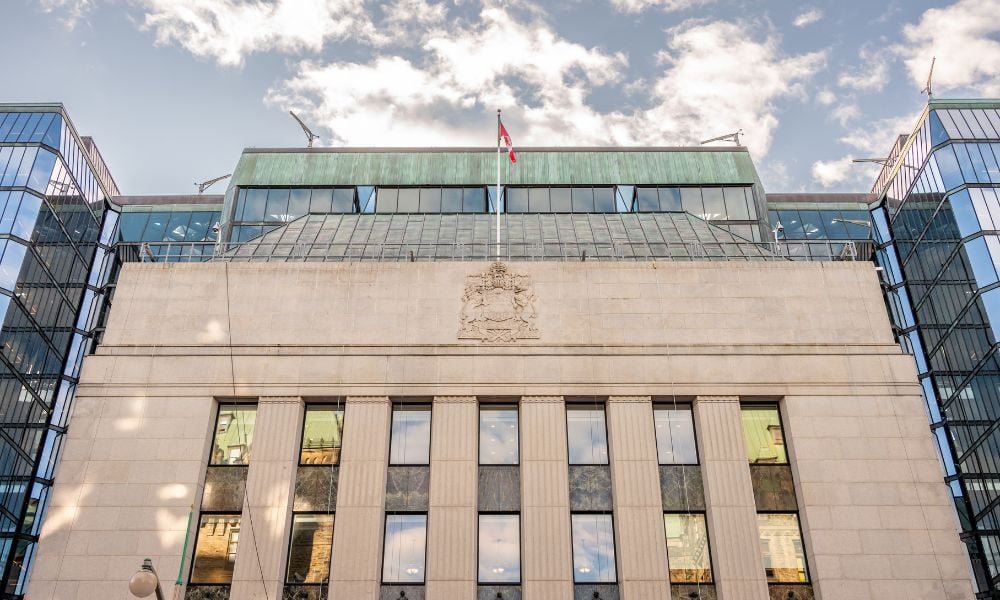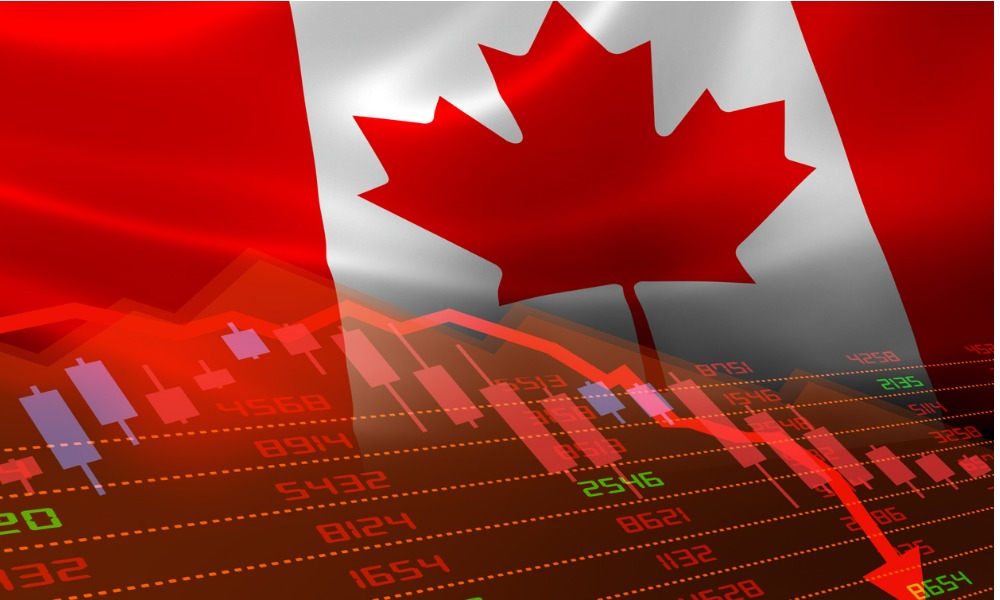The facility provides liquidity to eligible entities to ensure financial system stability

Canadian investment funds with exposure to Canadian dollar money market and/or fixed income securities will be able to access emergency liquidity funds, following the issuance of coordinated blanket orders by the Canadian Securities Administrators.
The CSA said Thursday that eligible funds may need to access the Bank of Canada’s Contingent Term Repo Facility (CTRF) in the event of a “serious market-wide liquidity stress event” - a situation in financial markets where a large number of participants across different sectors suddenly struggle to obtain cash or liquid assets, even if they have plenty of other assets or investments.
The facility aims to support stability in the financial system and its availability is at the discretion of the BoC, operating for up to 30 days to provide funding for eligible participants against securities issued or guaranteed by the Government of Canada or a provincial government.
Until the blanket orders were issued across the provincial Canadian securities regulators there were restrictions that could have stopped investment funds from accessing the CTRF as that would result in the fund being unable to comply with certain repurchase transaction requirements.
A potential risk management tool would also be available to eligible funds, providing them with a way to proactively manage their liquidity during times of severe market conditions.
The exemptive relief to facilitate access to the CTRF is on the conditions that it would be in the best interest of the investment fund to do so, that the cash delivered to the investment fund as consideration for sold securities in the CTRF is used for liquidity management of the investment fund, and that certain reporting requirements are complied with.
In March, the BoC announced changes to the eligibility criteria and review process for applications for the CTRF, recognizing that “non-bank financial institutions play an increasingly important role in fixed-income markets and in the global financial system.”



